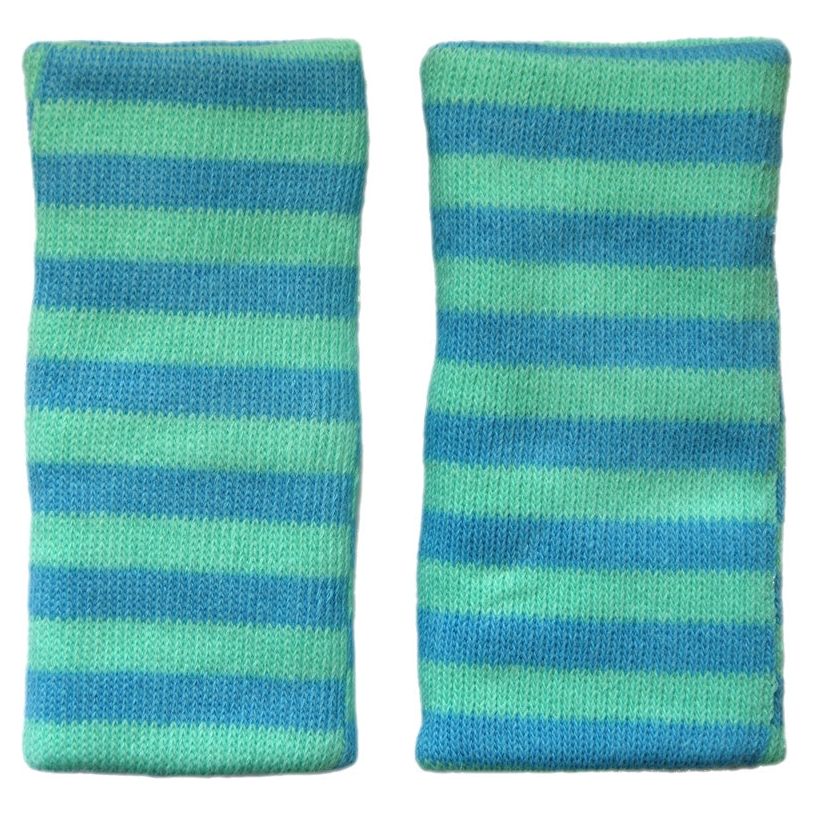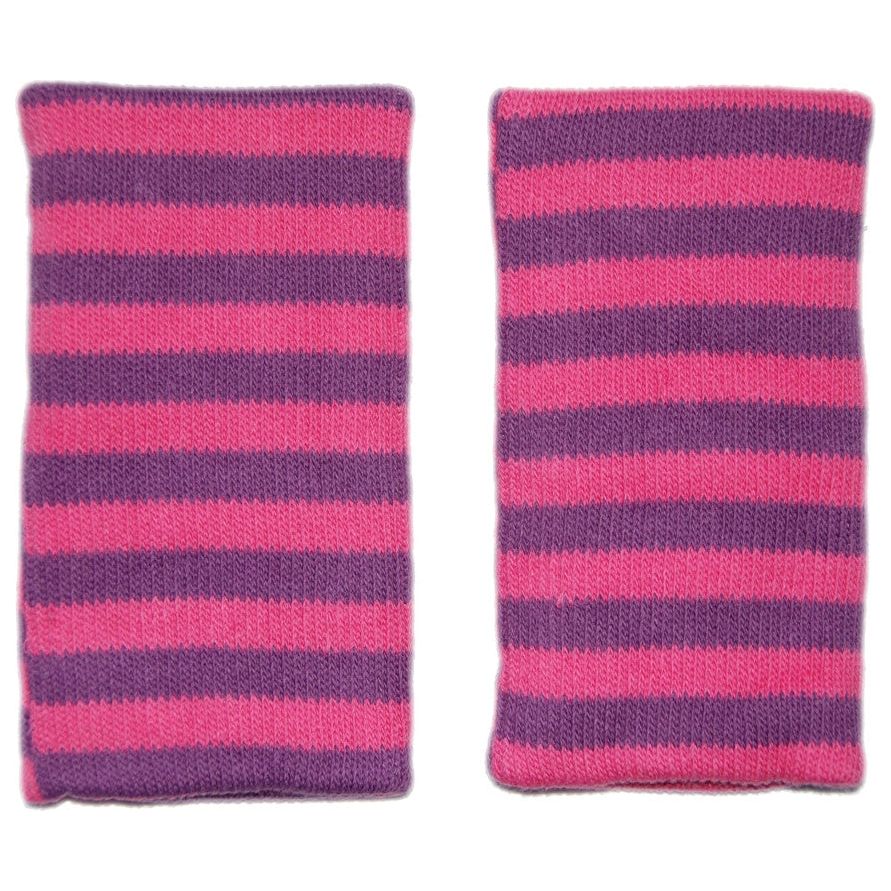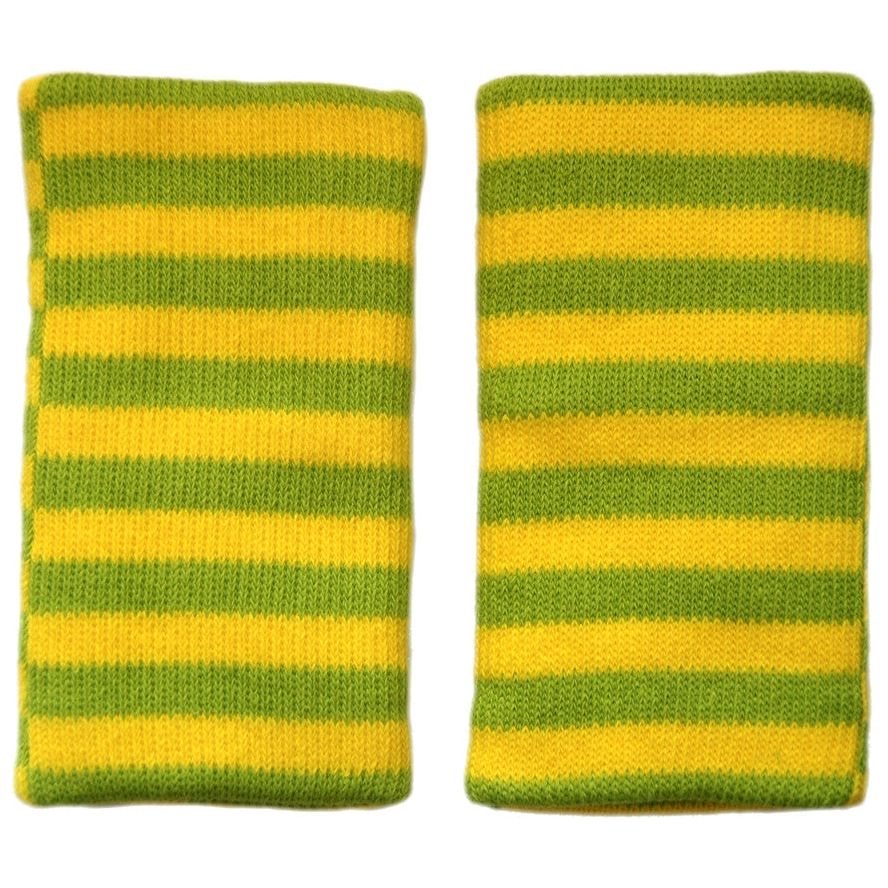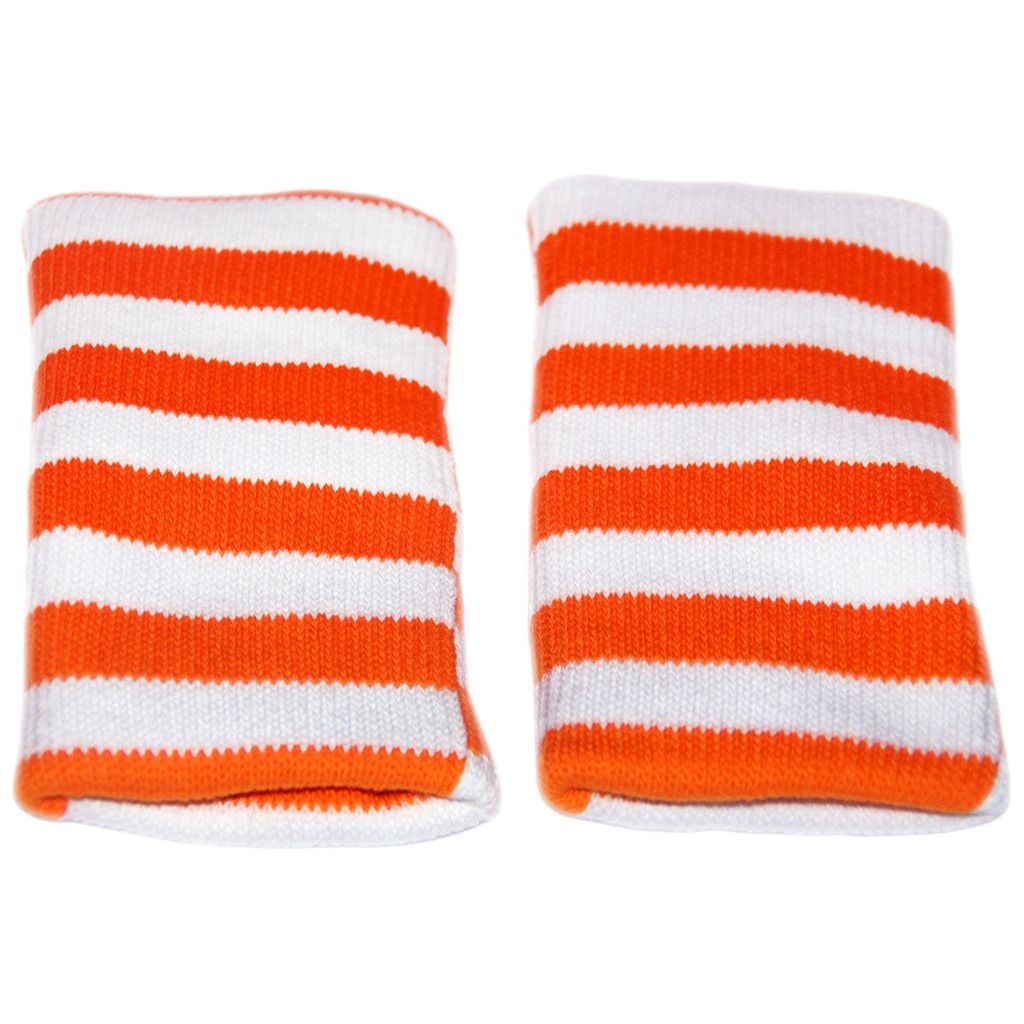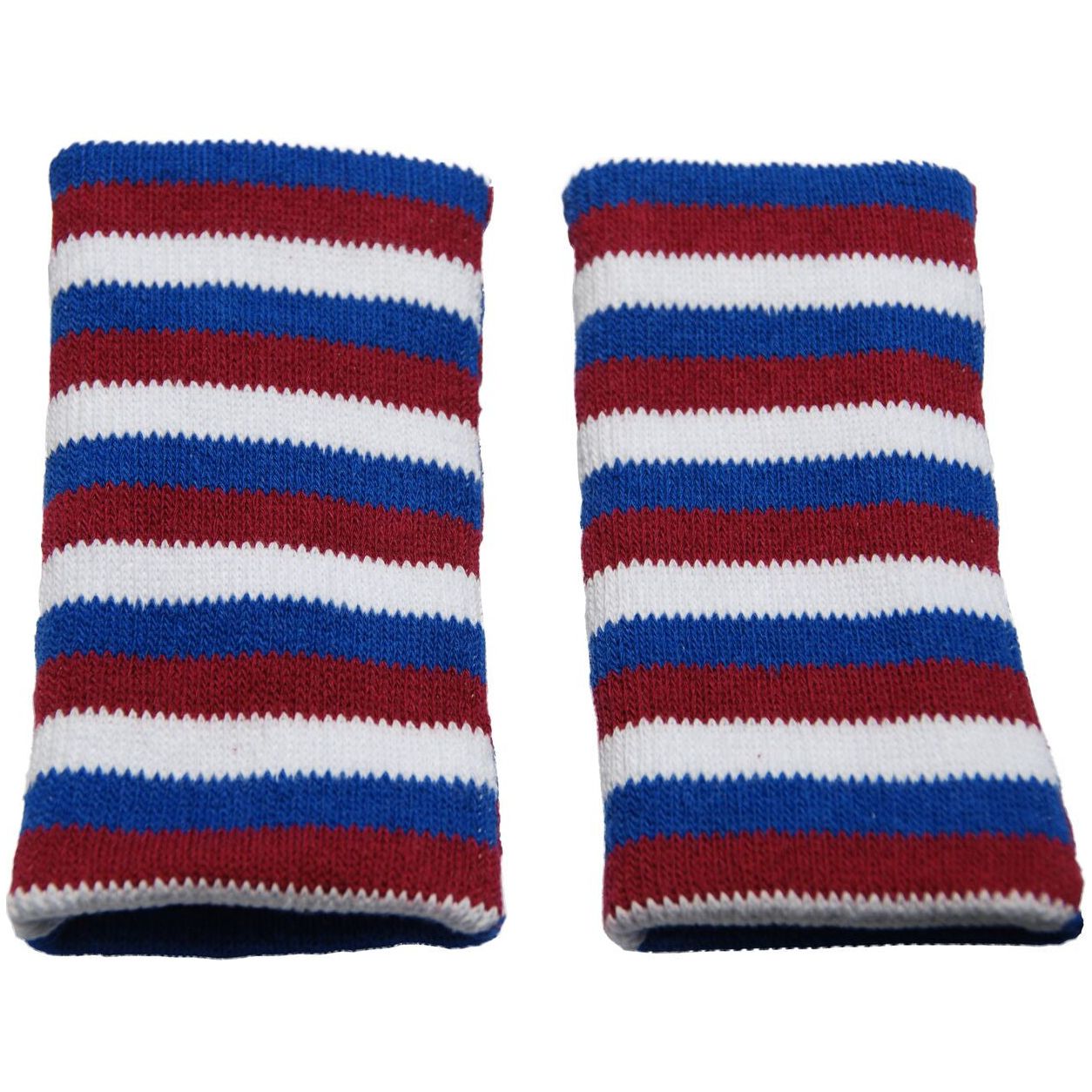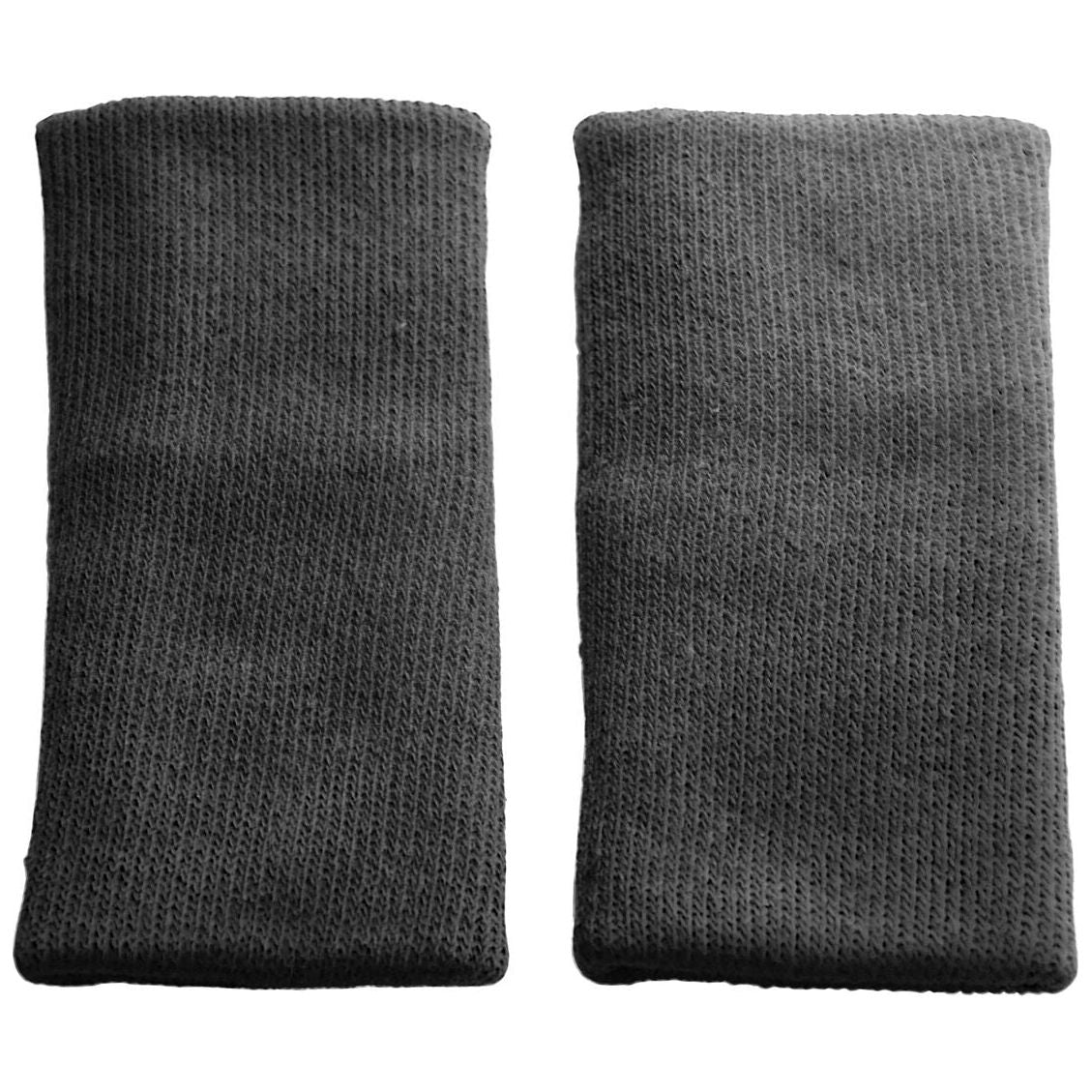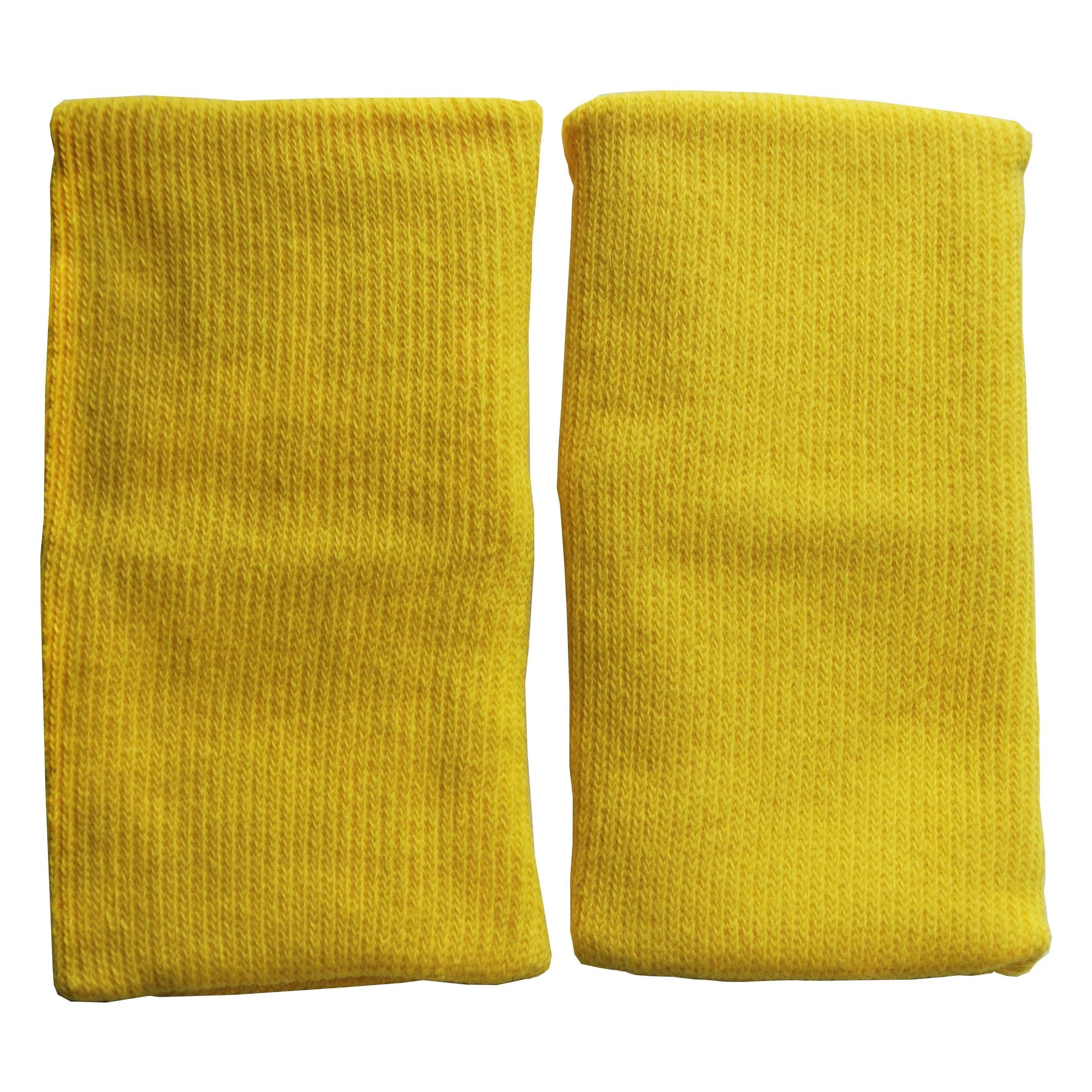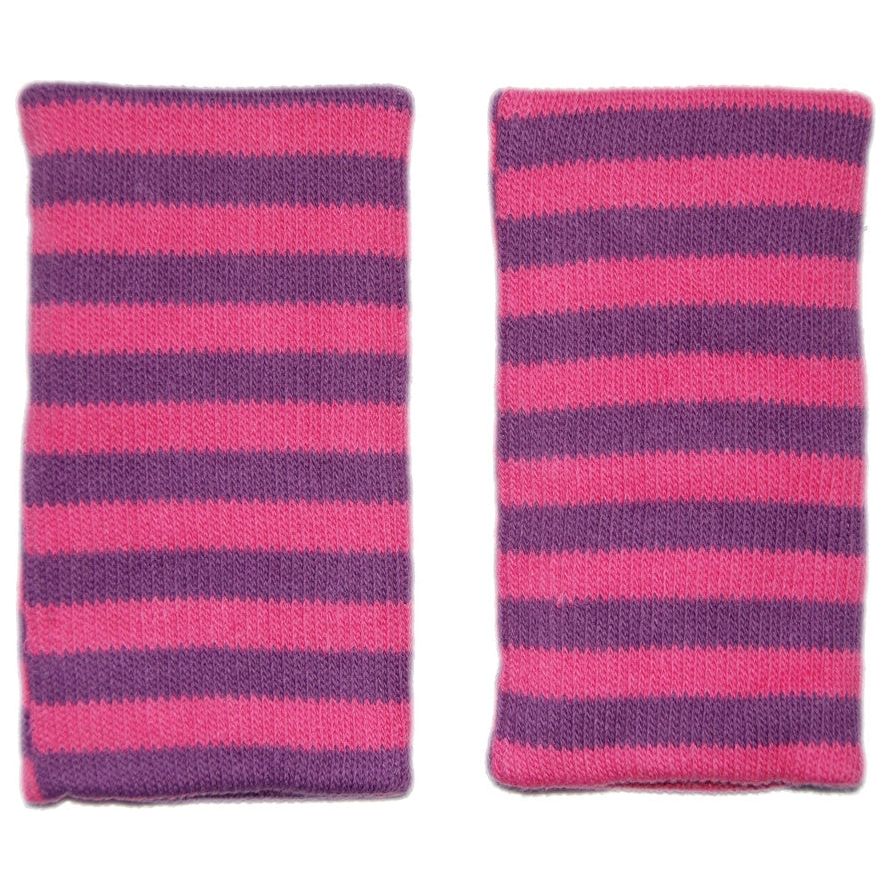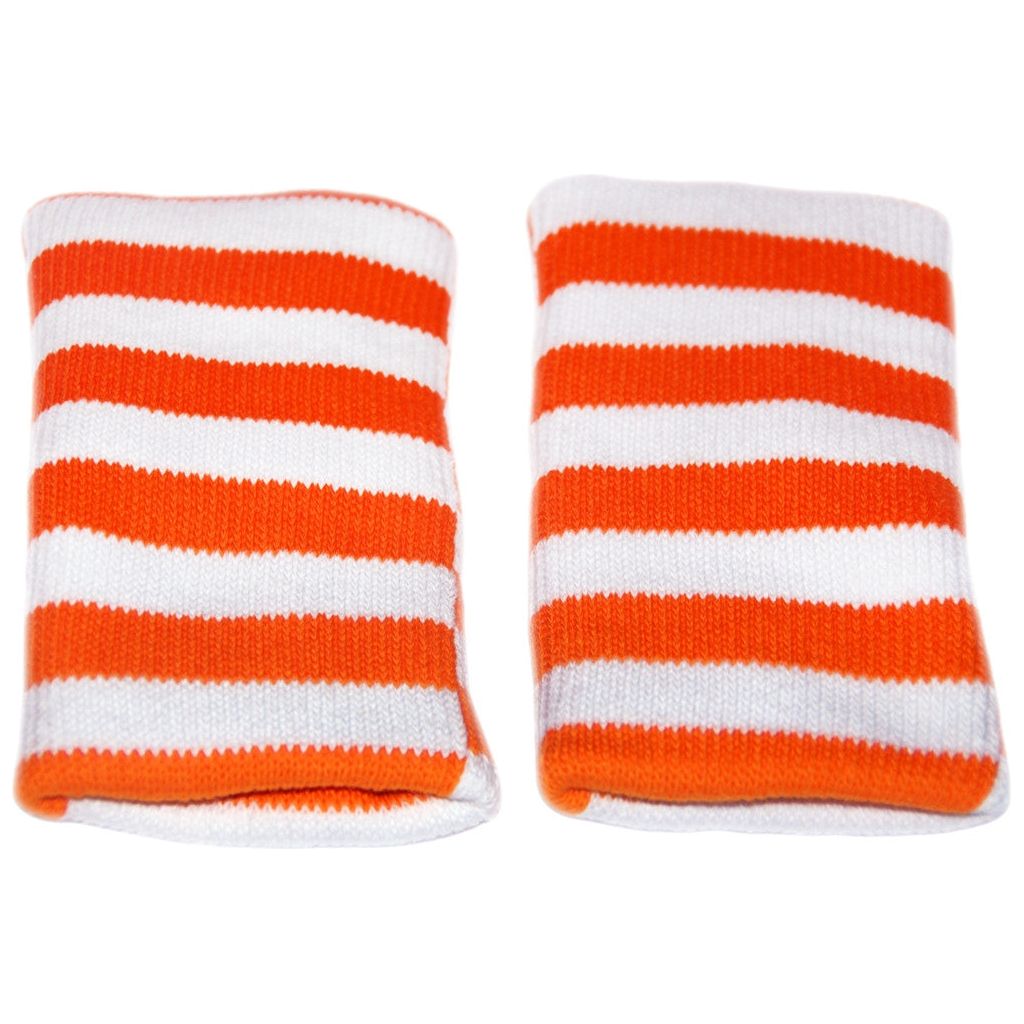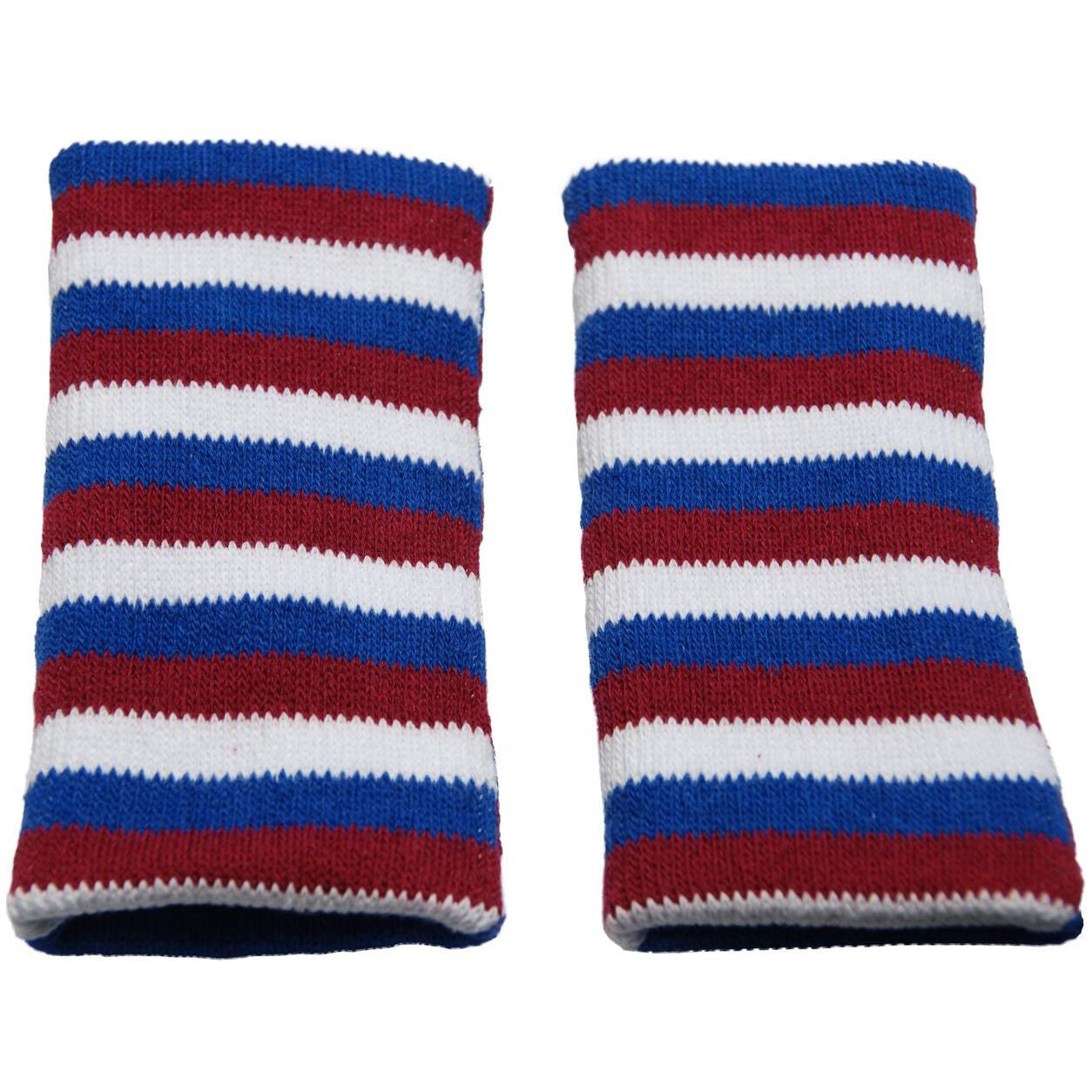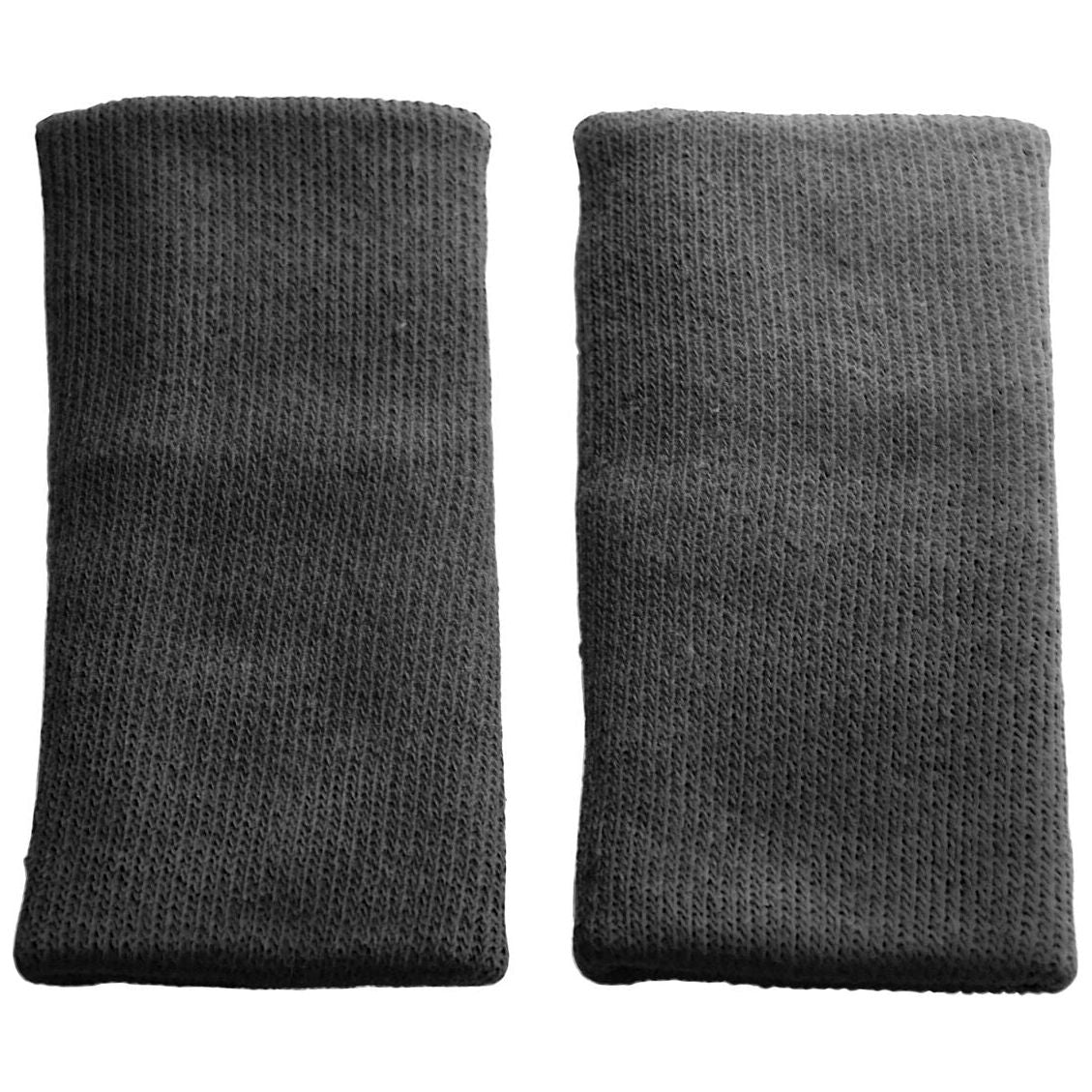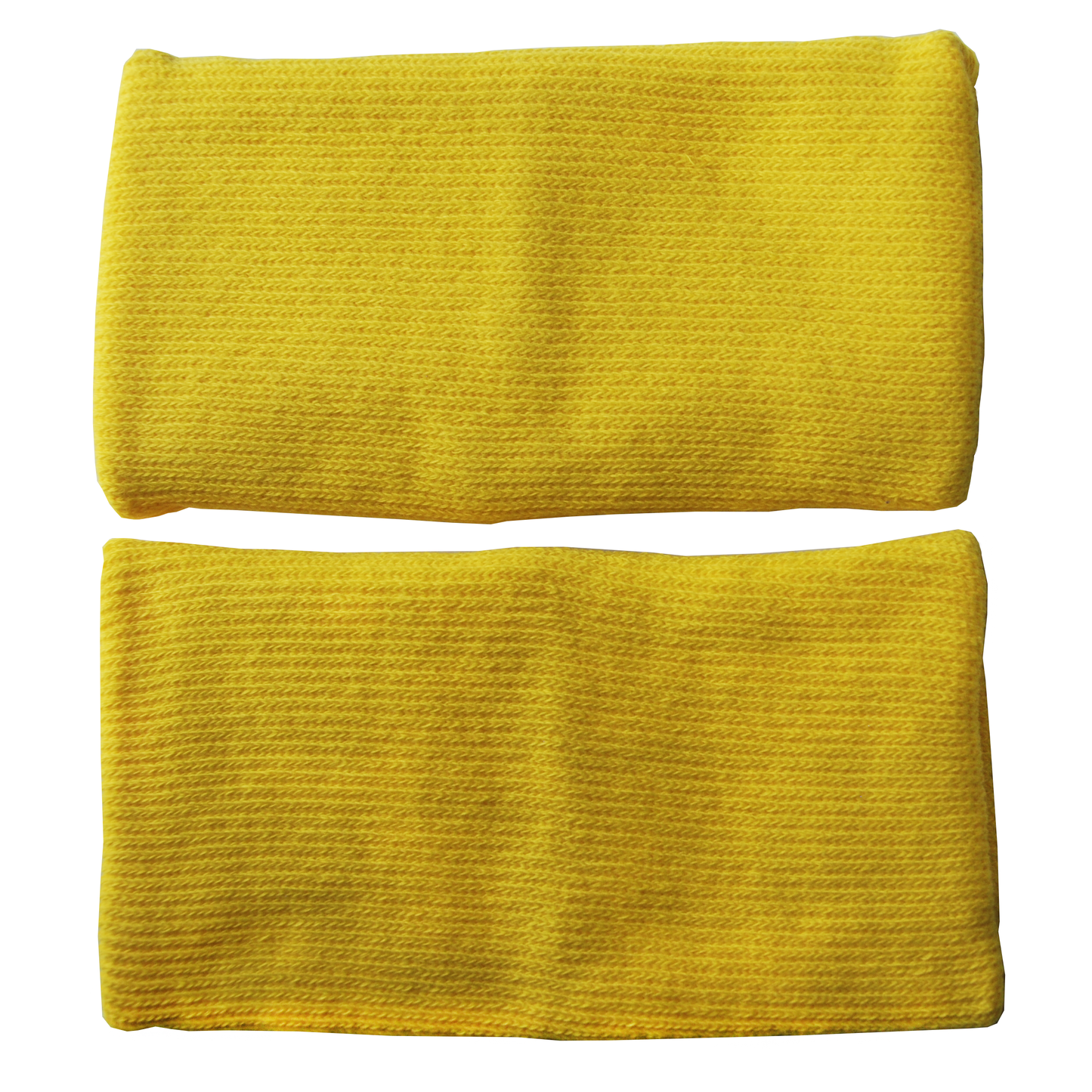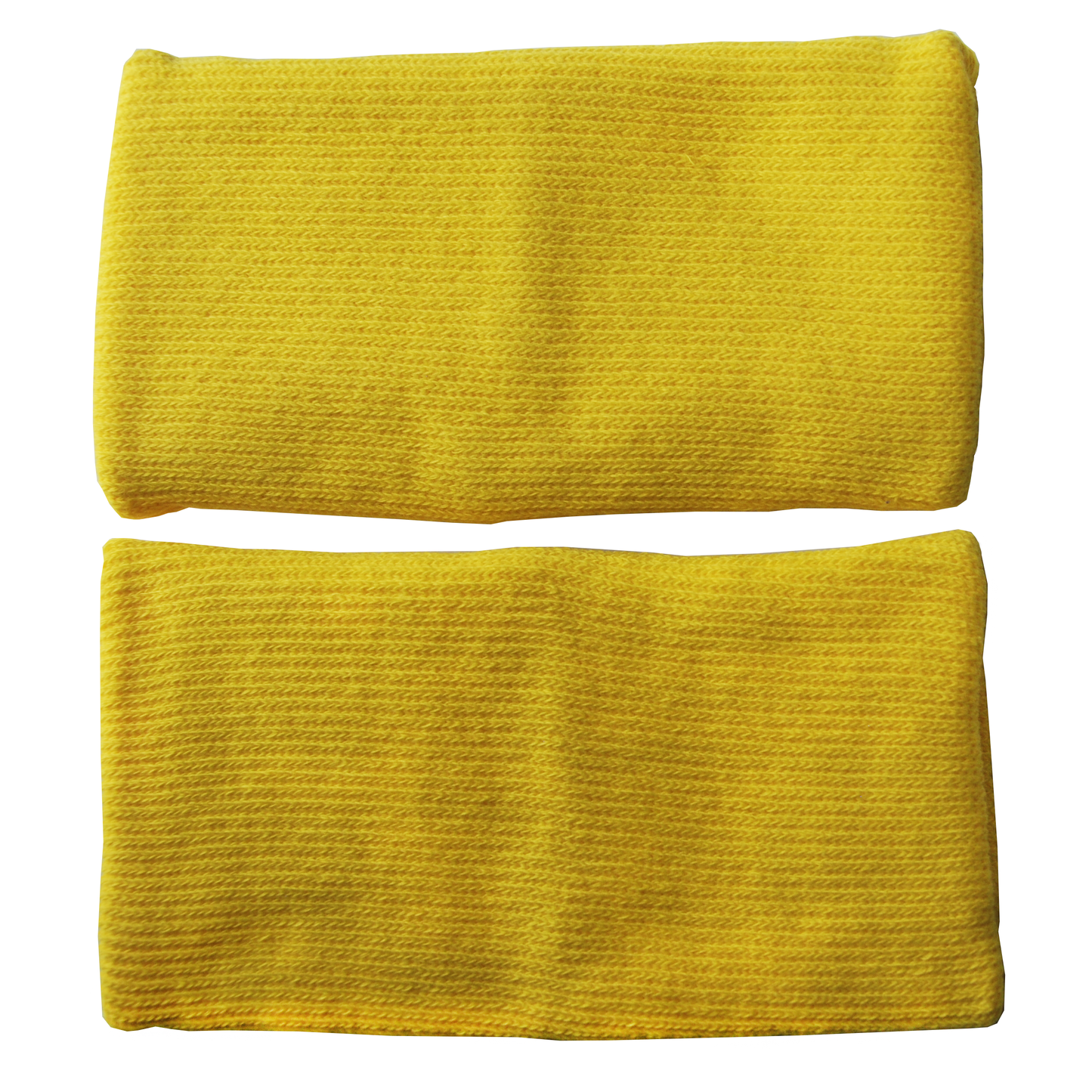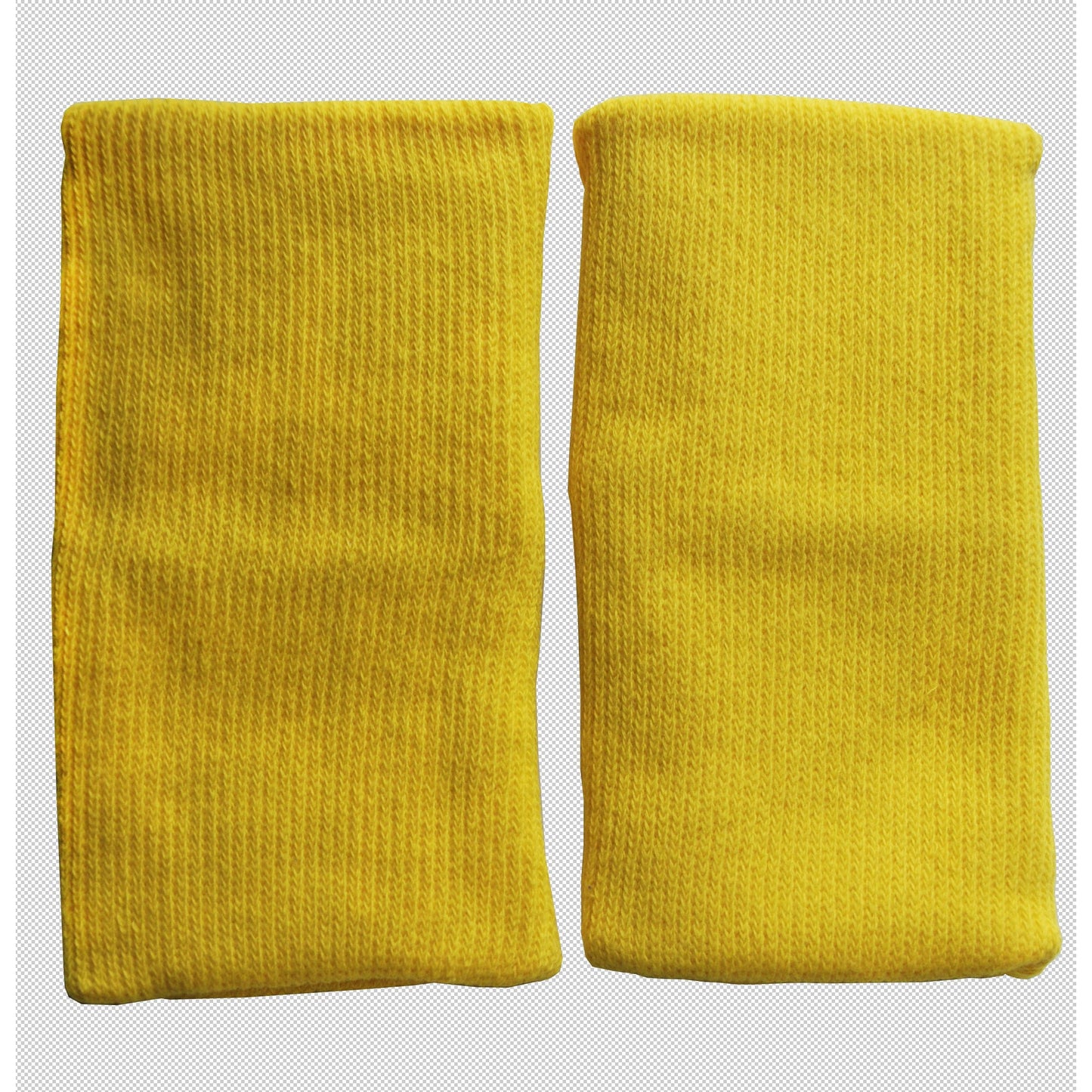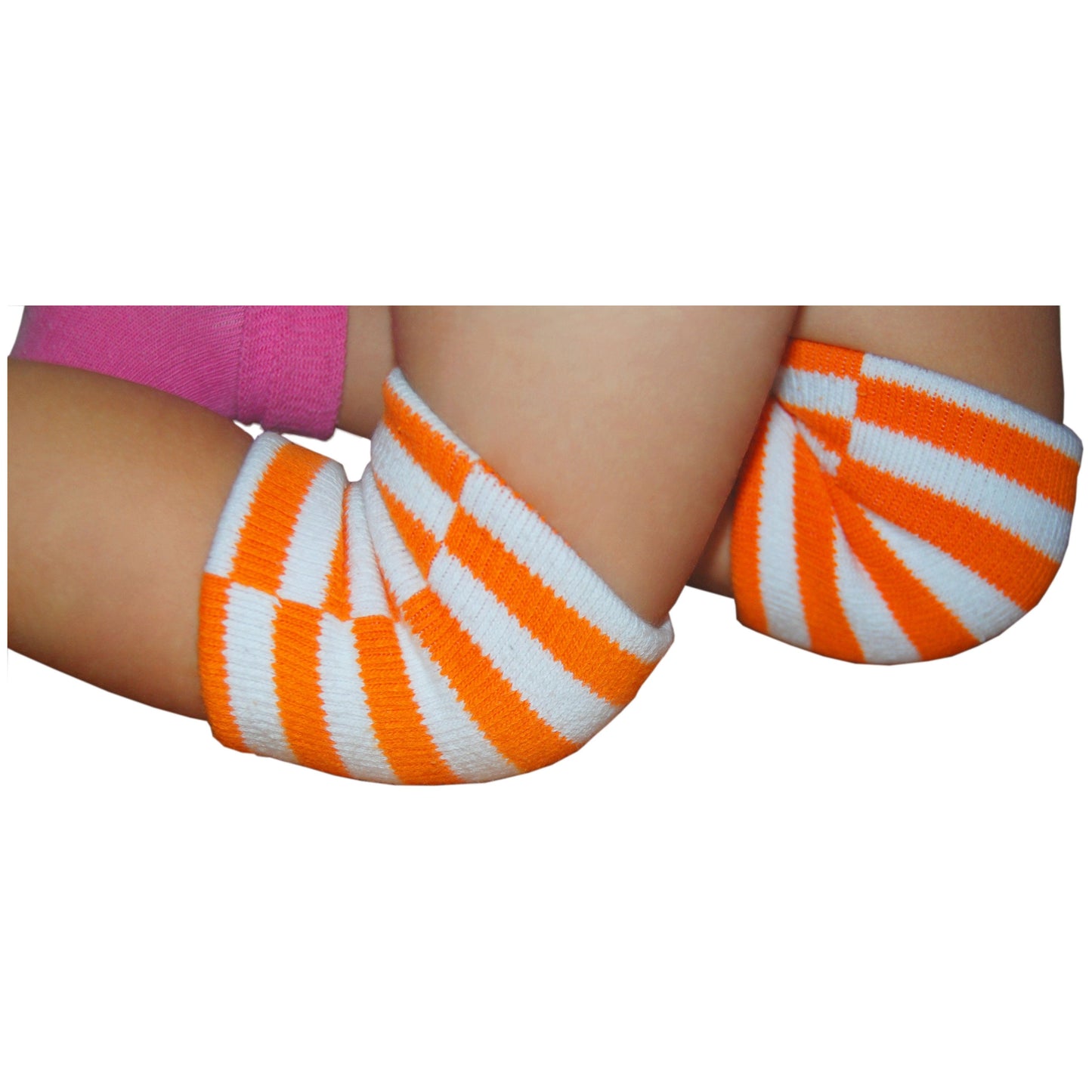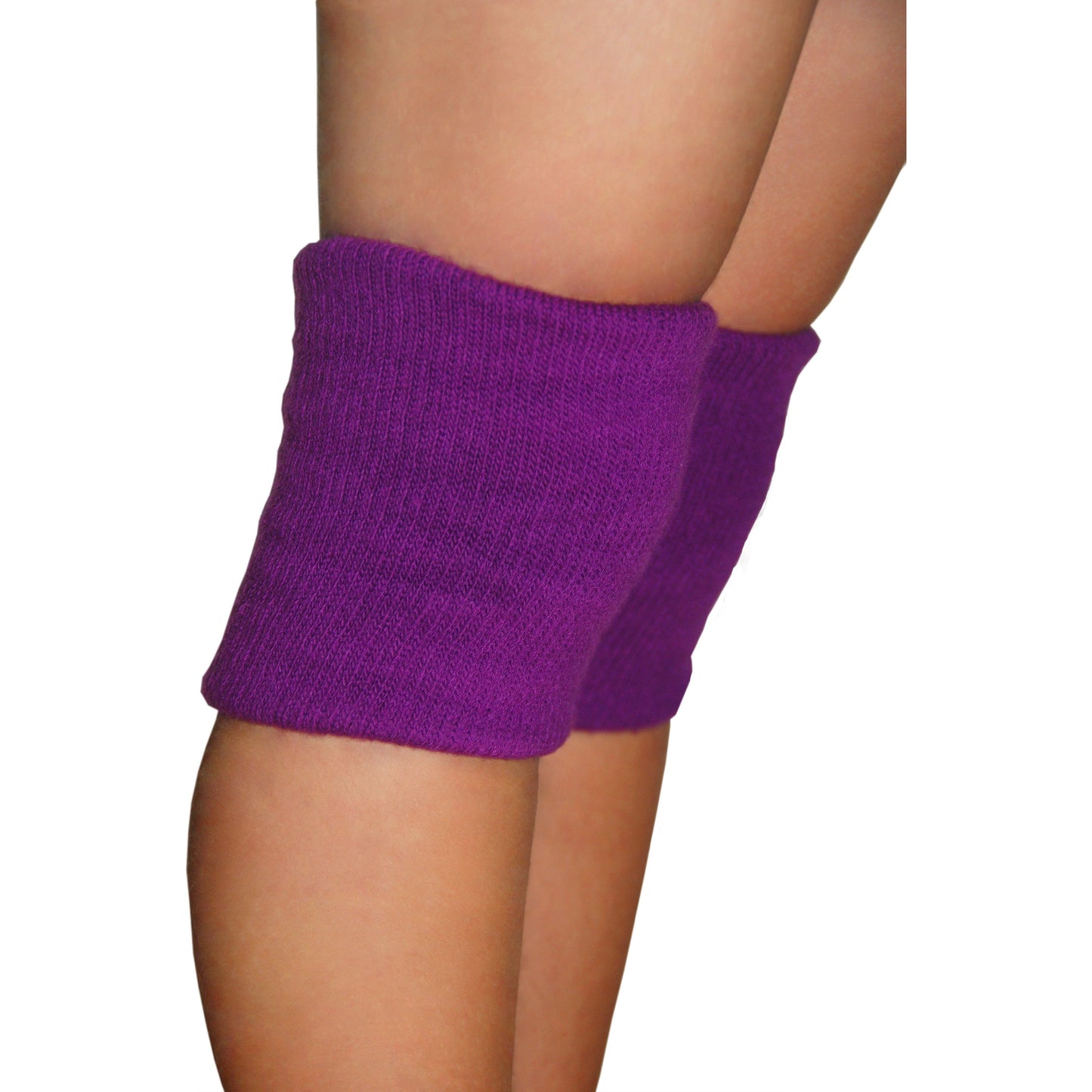Sharing these life-saving tips with anyone who may need them. Found on www.vitals.lifehacker.com, written by Beth Skwarecki, Health Editor
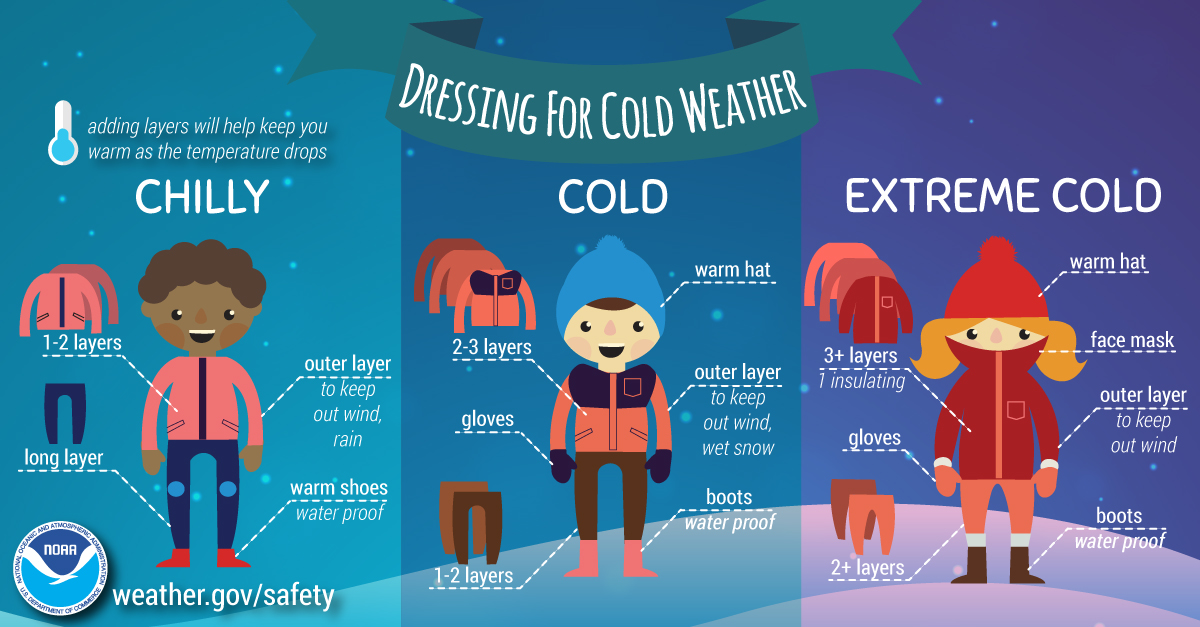
by Beth Skwarecki
"Record cold temperatures are hitting much of the US this week. In some places, it’s possible you’ll experience weather that’s colder than you’ve seen in your lifetime. Here’s what to know when the chill hits.
Dress Warm
Okay, you knew that. But in case you haven’t had to really bundle up in a while, don’t forget that:
Many thinner layers can be just as good as a single really warm one. Maybe you don’t have a warm enough coat, but you could put on a shirt, a sweater, a hoodie, and then your jacket. Wear tights or leggings under your pants.
Mittens are warmer than gloves.
One of your outer layers should be windproof. A thin rain jacket plus a bunch of sweaters may work better than a single warmish coat that’s not windproof.
Cover as much exposed skin as possible when you go outside. Consider a balaclava or scarf for your face.
A hat really helps, even indoors.
Watch the Wind Chill
Temperature isn’t everything. If you’re concerned about frostbite, the wind chill takes temperature and wind speed into account for a more accurate picture of how cold the winter air will feel on your skin.
Weather services often have their own calculations (RealFeel, “feels like”) that take other factors like sun and humidity into account, but the idea is roughly the same. If it’s -4 but “feels like” -21, pay more attention to that second number.
Don’t stay outside long when the wind chill is particularly chilly. If you must stay outside, protect your skin from the cold—even turning to face away from the wind will help a little. Here’s a handy chart from the National Weather Service, or check out their calculator here.
A wind chill advisory means that your area is expecting dangerous levels of wind chill (where frostbite could occur within minutes). Slightly less urgent is a wind chill warning, meaning that dangerous levels of wind chill are possible, and a wind chill watch, meaning that very cold weather is expected.
Paying attention to very cold wind chill or “feels like” numbers can help you plan your time outside to avoid the risk of frostbite and hypothermia.
Avoiding Frostbite
What It Is
Damage to the body (most commonly the face, ears, fingers, or toes) caused by freezing. In extreme cases, frostbite can require amputation. Frostbite is more likely if you have poor circulation, but anybody can get it.
Signs to Watch Out For
You might not notice frostbite on yourself, because your face or fingers may go numb before any of the signs of frostbite show up.
To spot frostbite on others, look for skin that appears white or grayish-yellow, or that seems firm or waxy.
Redness or pain is a sign to get out of the cold immediately.
What to Do
If somebody has frostbite, the CDC notes that you need to ask yourself two important questions:
Can I get this person medical help?
Do they also have hypothermia? (Hypothermia is a medical emergency, and should be your top priority.)
If you’re reading this at home, rather than in the remote arctic wilderness, you should head to the local emergency room or urgent care clinic rather than trying to treat frostbite on your own.
But one way or another, you need to slowly and carefully warm up the affected body parts. Don’t walk on frostbitten toes if you can help it; that causes more damage. But do get to a warm location if you can.
Then, use warm (not hot) water, or other gentle warmth such as putting your frotstbitten fingers under your arms to warm them with body heat. The process of thawing out your frozen tissue can be painful. Eric Mack wrote about his experience at Forbes:
I remember a man asked me to hold out my hands. He squeezed the frozen tips of my fingers and I felt nothing. There was no sensation, just the numbness that I’d been feeling since the middle of the journey.
At this point, a bowl of lukewarm water was placed in my lap and I began the long and painful process of thawing out my eight frozen fingertips. For what seemed like hours, but was probably just 20 minutes, my fingers throbbed and thawed as shooting pains marked the awakening of my nerves.
Avoiding Hypothermia
What It Is
Hypothermia is low body temperature. Normally our bodies generate heat to keep our core temperature constant, but if you’re in the cold for too long, you might lose more heat than you can produce.
Hypothermia isn’t just a winter danger; it can also happen in cool temperatures if a person is wet (for example, after falling into a lake, or sweating through an athletic event).
Signs to Watch Out For
Low body temperature affects the brain’s function, so a person with hypothermia might not be aware that something is wrong. Some signs that another person can observe, according to the CDC:
Confusion, slurred speech
Shivering
Exhaustion
Trouble moving, such as fumbling hands
In infants, red cold skin and low energy.
Take the person’s temperature. A temperature below 95 degrees Fahrenheit is an emergency. If the person becomes unconscious, they need immediate medical help; if they don’t have a pulse or if they seem to stop breathing, perform CPR while waiting for help.
What to Do
Again, this is a situation for medical help, but if help is not available, you would want to slowly and carefully warm the person up.
Get to a warm place
Remove any wet clothing
Warm up their torso first, ideally with electric blankets. Skin to skin contact (under blankets) can also work.
If they’re able to drink, offer warm, non-alcoholic beverages like tea. (This can help to warm up their body.)
Once their temperature has returned to normal, keep them covered with blankets and dry clothing, including the head and neck.
Staying Safe Indoors
Keep Your Home Warm
Your heater might not be able to keep up in extremely cold weather, especially if your home is not well insulated.
If you lose heat, or if your heater can’t keep up, close off rooms you don’t need. Space heaters can come in handy but keep them away from anything flammable.
Never to run a generator indoors or use a gas oven to heat your home. Both of these practices can fill your home with carbon monoxide, a deadly gas with no noticeable smell. You should have a carbon monoxide detector already; if not, get one.
Don’t Let Pipes Freeze
Pipes in the outer walls of your house can freeze. Know how to shut off the water if necessary, and if possible locate your pipes and figure out whether they are insulated. If your pipes have frozen in the past, don’t be surprised if it happens again.
To reduce the chances pipes might freeze, let hot and cold taps trickle water all night, and open cabinet doors that are near pipes (for example, the pipes under your sink). This lets a little more of the house’s heat near the pipes.
If pipes do freeze, use a hair dryer to warm them up, never an open flame. Setting your house on fire is not the kind of warmth you are looking for."


